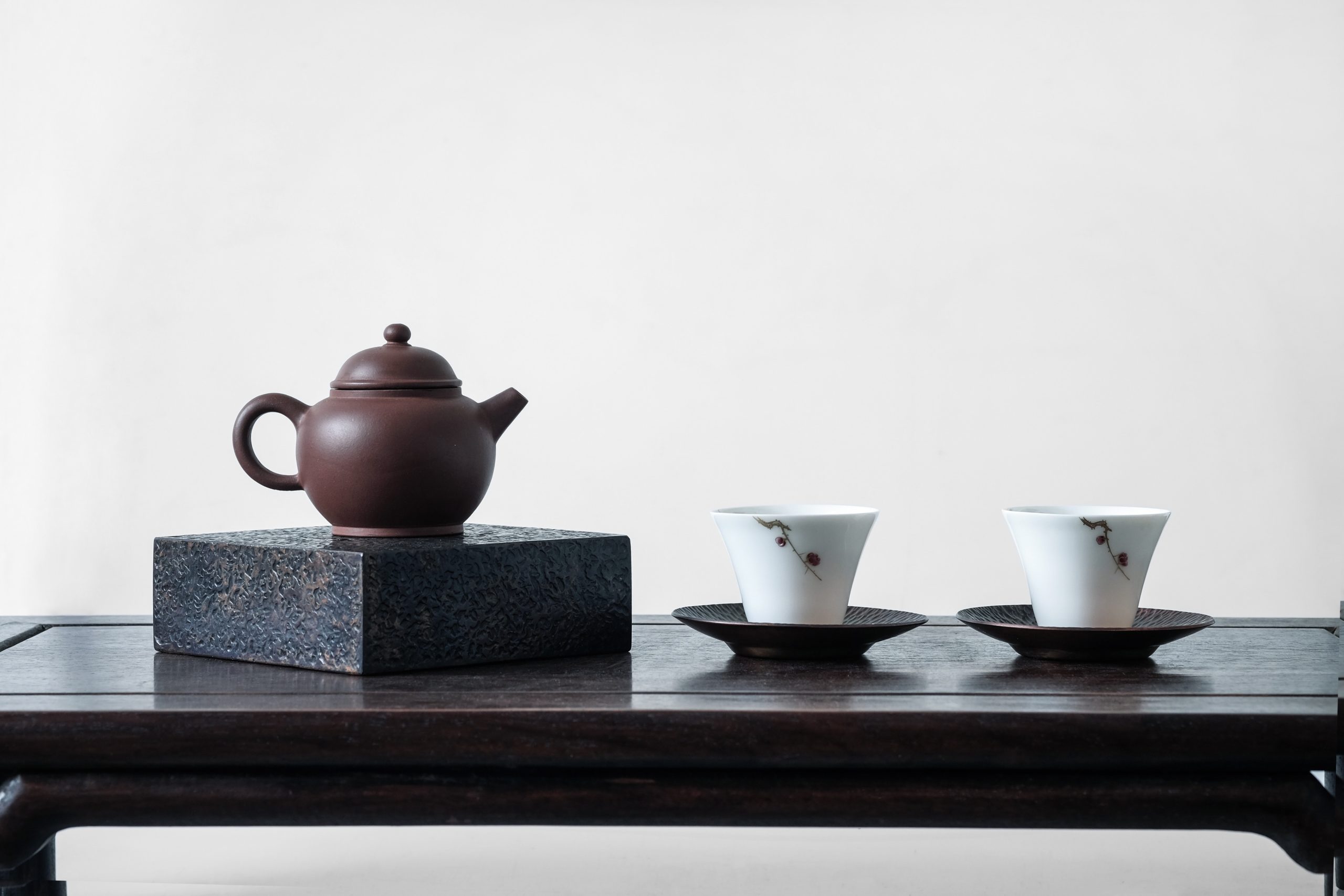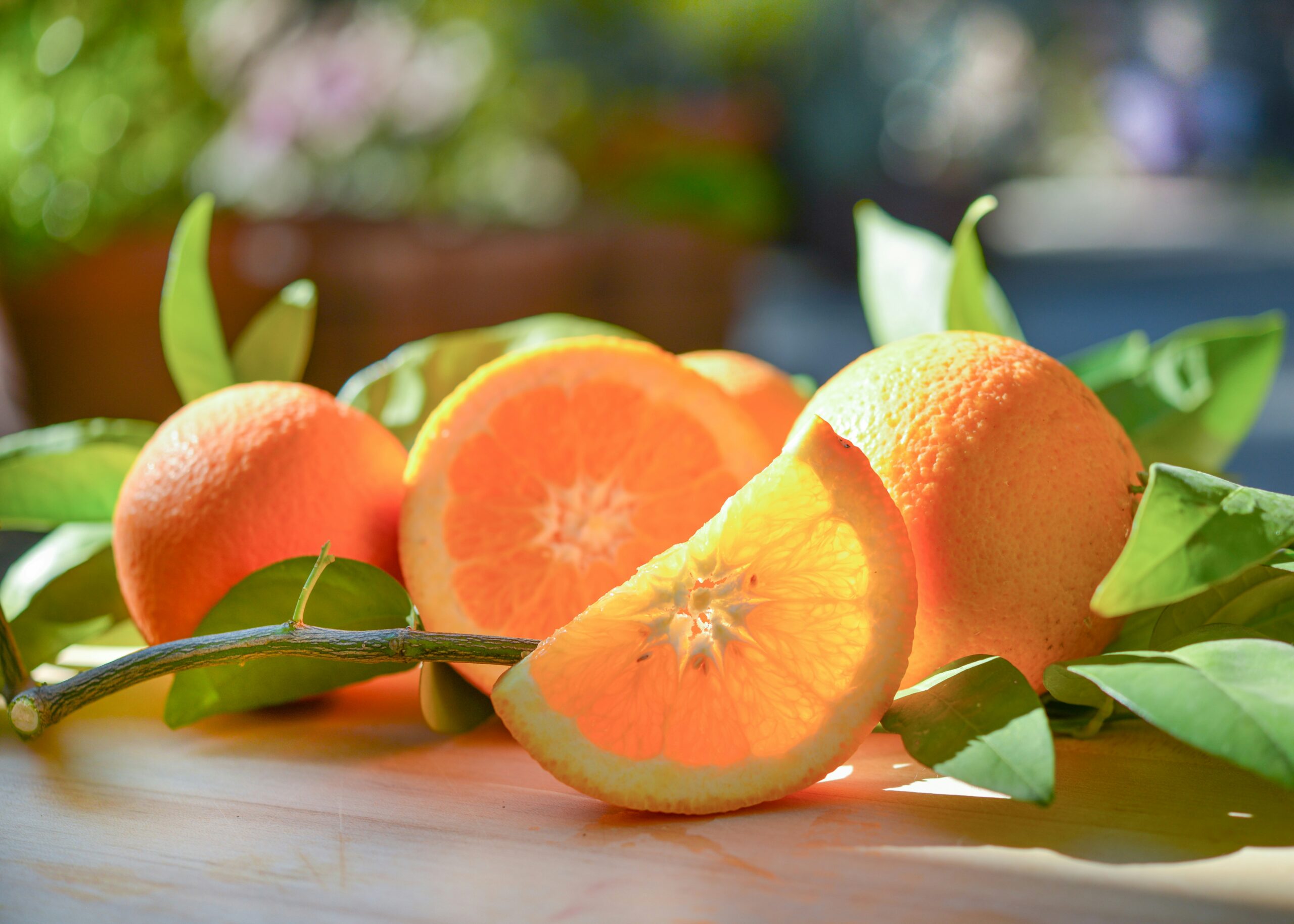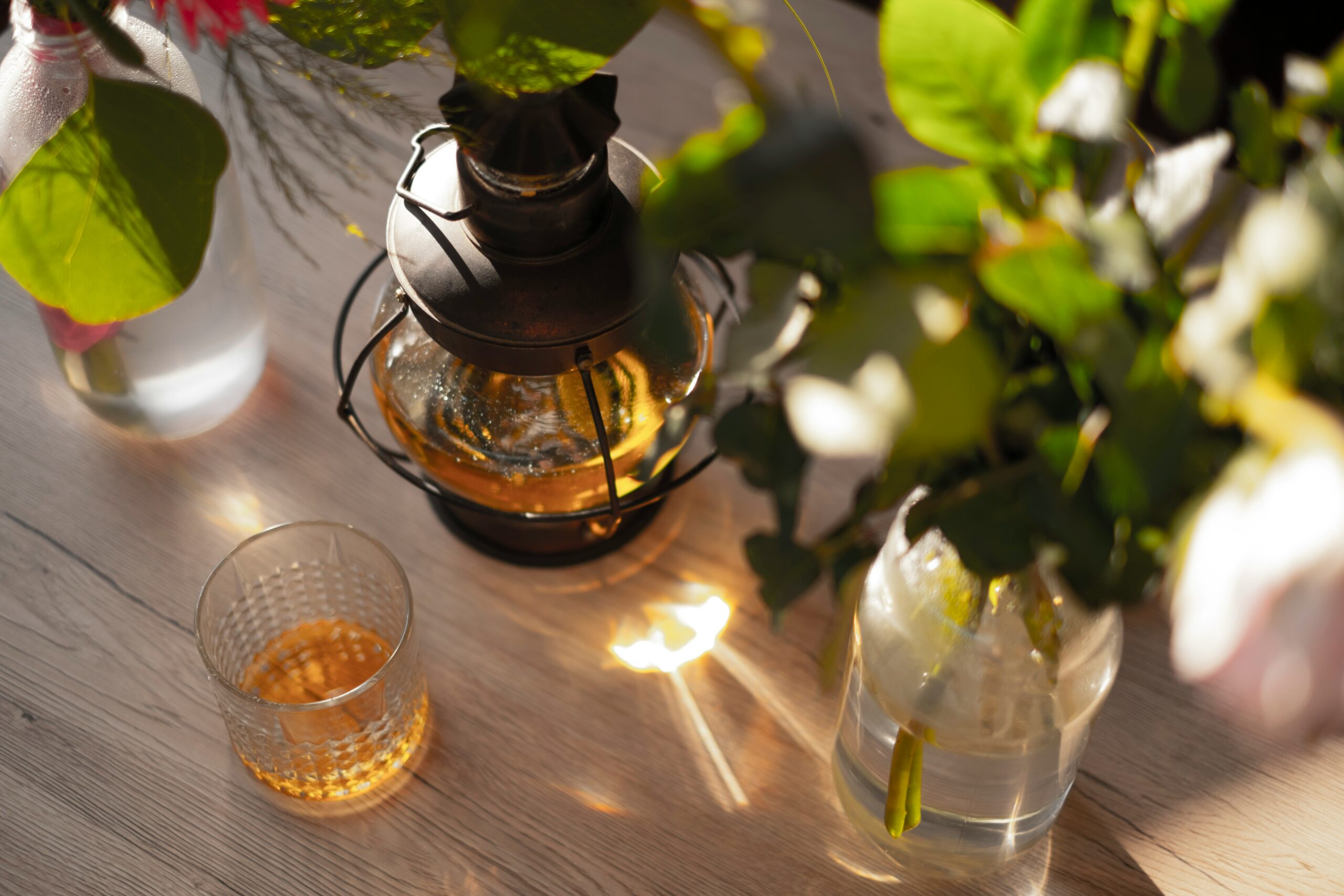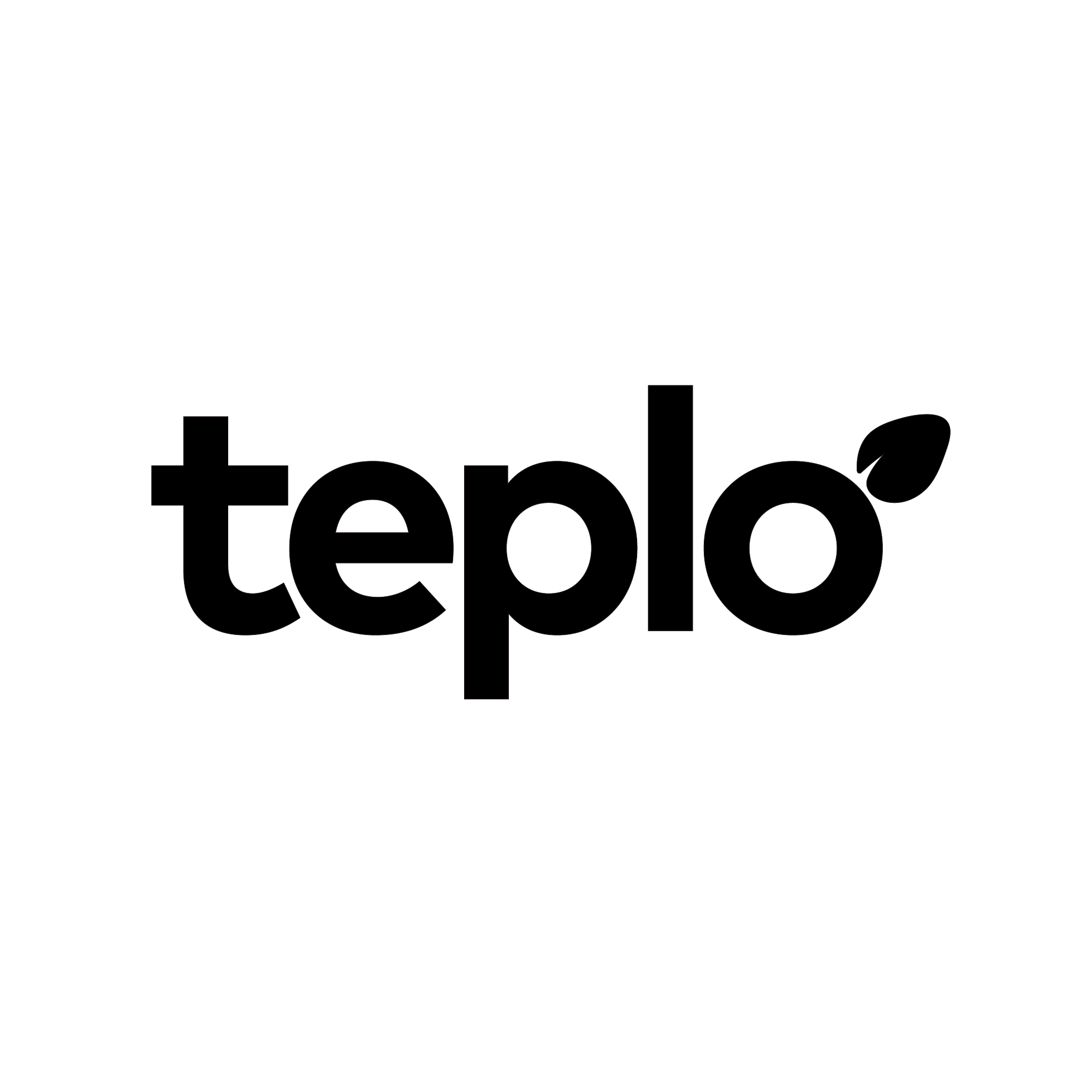هل يحتوي الشاي على كافيين أكثر من القهوة؟ استكشاف الأساطير الحضرية حول الكافيين.
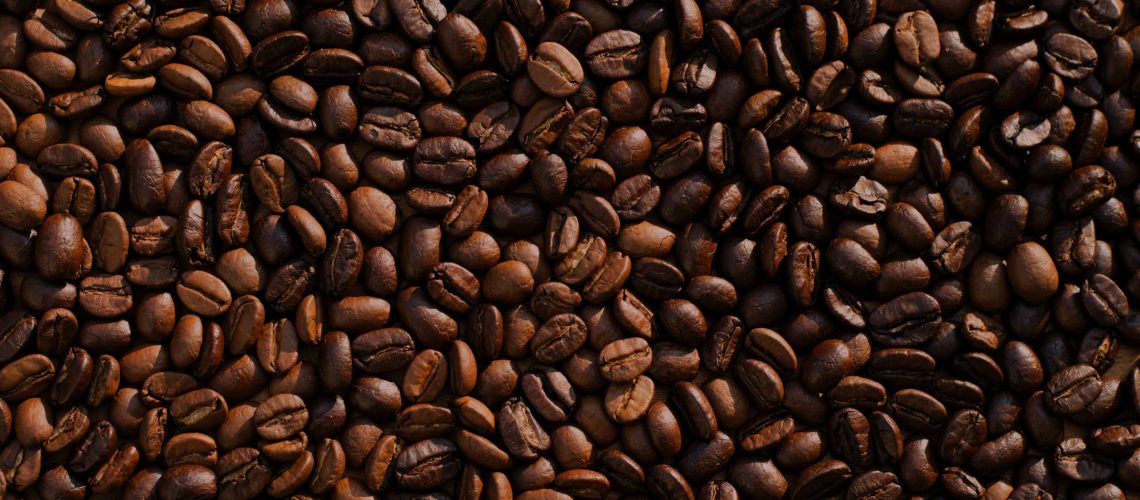
هل سمعت يومًا شخصًا يقول: “الشاي يحتوي على كافيين أكثر من القهوة”؟ عندما سمعت ذلك، كنت مندهشًا إلى حد ما ومتشككًا في الوقت نفسه. لذلك، في هذه المقالة، سأستخدم البيانات لفك شفرة النظرية القائلة بأن “الشاي يحتوي على كافيين أكثر من القهوة.”
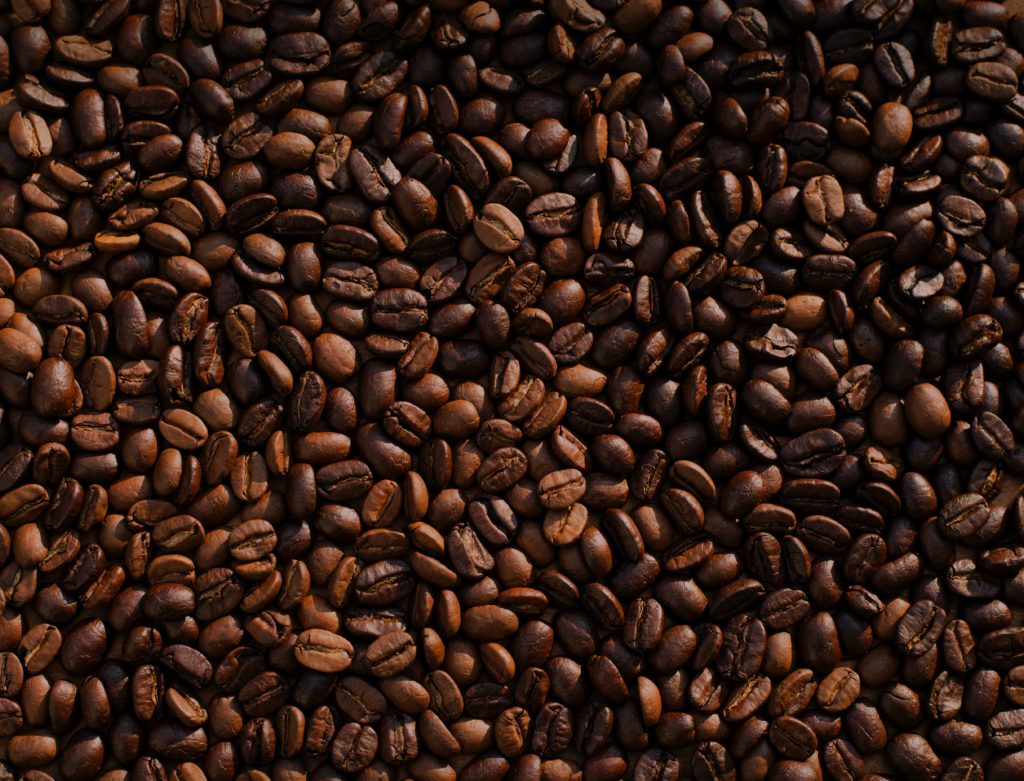
هذه المرة، من وزارة التعليم والثقافة والرياضة والعلوم والتكنولوجيا.الإصدار 2020 (المراجعة الثامنة) من الجداول القياسية لتركيب الأغذية في اليابان، النسخة الكاملة. لقد أشرت إلى الجداول القياسية لتركيب الأغذية في اليابان، إصدار 2020 (المراجعة الثامنة). الأرقام المستخرجة من الجدول هي كما يلي.
هل سمعت يومًا شخصًا يقول: “الشاي يحتوي على كافيين أكثر من القهوة”؟ عندما سمعت هذا لأول مرة، كنت مندهشًا إلى حد ما ومتشككًا في الوقت نفسه. لذا، في هذه المقالة، سأحلل النظرية القائلة بأن “الشاي يحتوي على كافيين أكثر من القهوة” باستخدام البيانات.
هذه المرة، أشرت إلى “الجداول القياسية لتركيب الأغذية في اليابان، إصدار 2020 (المراجعة الثامنة).” الأرقام المستخرجة من الجدول هي كما يلي:
محتوى الكافيين في 100 جرام من مستخلص القهوة: 0.06 جرام (طريقة الاستخراج: 10 جرام من مسحوق القهوة / 150 مل من الماء الساخن)
محتوى الكافيين في 100 جرام من مستخلص الجيوكورō: 0.16 جرام (طريقة الاستخراج: 10 جرام من الشاي / 60 درجة مئوية 60 مل، 2.5 دقيقة)
محتوى الكافيين في 100 جرام من مستخلص الشينتشا: 0.02 جرام (طريقة الاستخراج: 10 جرام من الشاي / 90 درجة مئوية 430 مل، 1 دقيقة)
محتوى الكافيين في 100 جرام من مستخلص الكاميريتشا: 0.01 جرام (طريقة الاستخراج: 10 جرام من الشاي / 90 درجة مئوية 430 مل، 1 دقيقة)
محتوى الكافيين في 100 جرام من مستخلص البانشا: 0.01 جرام (طريقة الاستخراج: 15 جرام من الشاي / 90 درجة مئوية 650 مل، 0.5 دقيقة)
محتوى الكافيين في 100 جرام من مستخلص الهوجيشا: 0.02 جرام (طريقة الاستخراج: 15 جرام من الشاي / 90 درجة مئوية 650 مل، 0.5 دقيقة)
محتوى الكافيين في 100 جرام من مستخلص الشاي الأولونغ: 0.02 جرام (طريقة الاستخراج: 15 جرام من الشاي / 90 درجة مئوية 650 مل، 0.5 دقيقة)
محتوى الكافيين في 100 جرام من مستخلص الشاي الأسود: 0.03 جرام (طريقة الاستخراج: 5 جرام من الشاي / 360 مل من الماء الساخن، 1.5 إلى 4 دقائق)
هذه بيانات مثيرة للاهتمام جدًا. أولاً وقبل كل شيء، من الرائع أن وزارة التعليم والثقافة والرياضة والعلوم والتكنولوجيا (MEXT) قد قامت بتصنيف الشاي بدقة، واستخراج كل نوع تحت ظروف تُبرز خصائص نكهته، وتحليل المكونات، ونشر النتائج. في حين قد يكون من السهل التفكير في التمييز بين الشينتشا والشاي الأسود، فإن فصل واختبار الشينتشا والكاميريتشا يظهر تقديرًا عميقًا للشاي من قبل الهواة.
بالعودة إلى النتائج، تُظهر التحليلات أن جميع أنواع الشاي، باستثناء الجيوكورō، تحتوي على كافيين أقل من القهوة. دعونا نتعمق قليلاً في الجيوكورō، الذي يحتوي على كافيين أكثر من القهوة. تتضمن طريقة الاستخراج استخدام 60 مل من الماء عند 60 درجة مئوية لمدة 2.5 دقيقة مع 10 جرام من الشاي. تُعرف هذه الطريقة باسم “شاي الشيزوكو”، حيث الهدف هو الاستمتاع بجوهر الجيوكورō المركّز. نظرًا لأن أوراق الشاي تمتص الماء خلال عملية الاستخراج، فإن الكمية الفعلية من السائل القابل للاستخراج تكون حوالي 20-30 مل. هذا شاي مركّز جدًا، مشابه للإسبريسو من حيث القهوة.
مقارنة الجيوكورō بالقهوة بناءً على “محتوى الكافيين لكل 100 جرام” تخلق تباينًا مع طرق الاستهلاك العملية. مقارنة “300 مل من الإسبريسو بـ 300 مل من القهوة” تبدو غير واقعية. التحضير الخاص للجيوكورō يُدخل بعض الإزعاج في النتائج.
قد تكون هذه البيانات قد أدت إلى النظرية القائلة بأن “الشاي يحتوي على كافيين أكثر من القهوة.” النظرية صحيحة إذا قمت بمقارنة الجيوكورō (المُعد مثل شاي الشيزوكو) بنفس كمية القهوة. ومع ذلك، عند اعتبار أحجام الاستهلاك النموذجية في الحياة اليومية، تحتوي القهوة عادةً على المزيد من الكافيين. جميع أنواع الشاي الأخرى تحتوي على كافيين أقل من القهوة.
لذلك، فإن الرد المناسب على شخص يقول: “الشاي يحتوي على كافيين أكثر من القهوة” سيكون:
“هذا صحيح بالنسبة للجيوكورō. ومع ذلك، فإن مقارنة الجيوكورō بالقهوة ليست واقعية تمامًا لأن الجيوكورō مركّز جدًا، مشابهًا للإسبريسو. لن تشرب 300 مل من الإسبريسو كما تشرب القهوة. عند اعتبار الكمية الفعلية من الكافيين المستهلك، تحتوي القهوة عمومًا على المزيد. بالإضافة إلى ذلك، جميع أنواع الشاي الأخرى تحتوي على كافيين أقل من القهوة.”
بينما تعتبر البيانات حاسمة، فإن فهم سياقها يكشف عن رؤى أكثر. في هذه الاستكشاف، شعرت أن تفاني وزارة التعليم والثقافة والرياضة والعلوم والتكنولوجيا في الشاي ونهجها المفصل كانا مثيرين للإعجاب حقًا. التحليل المفصل والبيانات الدقيقة قدما تعلمًا قيمًا.
هذا كل شيء في هذه المقالة. أتطلع إلى تحليل المزيد من النظريات المتعلقة بالشاي في المستقبل.
